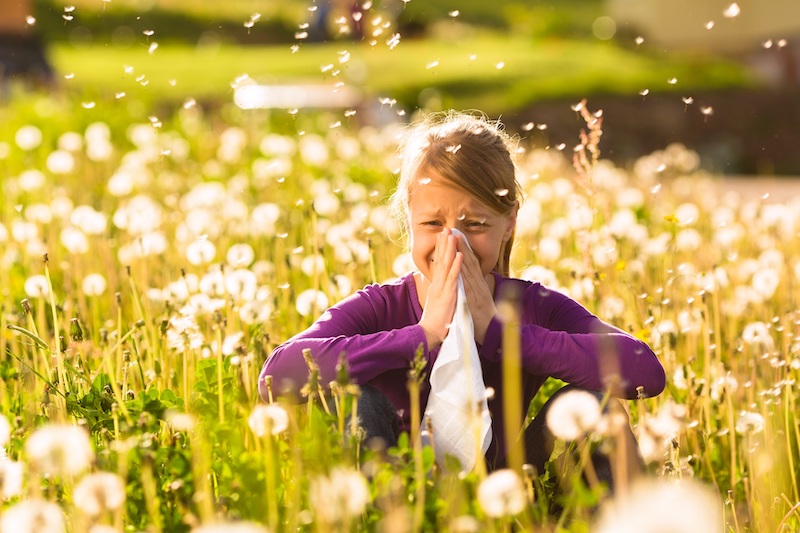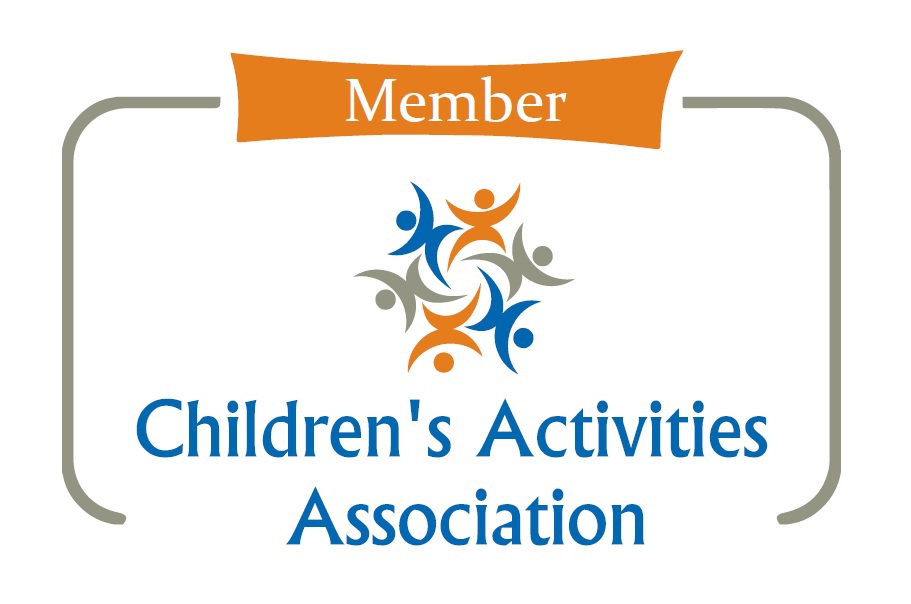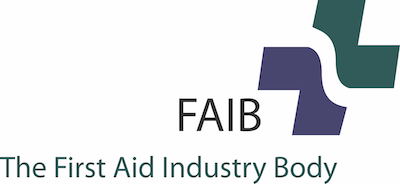This week for Allergy Awareness Week 2019 we welcome Holly Shaw, Nurse Advisor at Allergy UK:
The UK has some of the highest rates of allergic disease in the world, with over 20% (or one in five) of the population affected by one or more allergy(1). This may include food allergy, eczema, asthma, and hay fever. Allergic disease is also increasing - by 2025, half of the entire EU population is predicted to be affected by allergy.(2)
An allergy occurs when the body’s immune system mistakenly reacts to a particular substance that that is harmless for most people. These substances are known as an allergens, and are most commonly found in the things we eat or come into contact with through our environment, including:
· Food
· Pollen
· Mould
· House dust mites
· Pet dander
· Medication
· Insect venom
What is the difference between allergy and intolerance?
Unlike food allergy, food intolerance does not involve the immune system, so there is no risk of an allergic reaction. Food intolerance is diagnosed and managed differently to allergy.
There are many different symptoms of a food intolerance, which commonly affect the stomach and bowel (e.g. excessive gas, bloating, diarrhoea and or constipation). Food intolerance sometimes causes less obvious dietary symptoms such as headaches, lethargy and skin problems. Those with a food intolerance can experience uncomfortable and unpleasant symptoms, but are not at risk of a life-threatening allergic reaction (anaphylaxis).
It is important to get the correct diagnosis due to the risks associated with food allergy. The first port of call is to discuss concerns over a food intolerance or food allergy with a health professional. It is important to know that not all adverse reactions to food occur because of allergy.
What happens during an allergic reaction?
When a person is exposed to an allergen (for example accidental exposure to a food that they are allergic to) this can result in allergic reaction. This can occur after eating only a very small amount of the allergen.
Allergic symptoms are dependent on exposure to the allergen, e.g. whether it was eaten, inhaled or injected (in the case of a medication or insect sting). Symptoms may include one or more of the following:
· Hives/urticarial skin rash
· Swelling to the lips, eyes and/or face
· Sneezing, runny/itchy nose/eyes
· Breathing difficulties
· Wheezing, or a persistent cough
· Persistent dizziness and/or collapse
· Pale and floppy (in young children)
· Abdominal pain
· Vomiting and diarrhoea
Anaphylaxis
Allergic reactions can be mild, moderate or severe. The most severe form is known as anaphylaxis, which requires immediate recognition. Treatment with adrenaline (if available) should be administered as soon as possible, and an ambulance should always be called. Allergic reactions of all types are common, however deaths from anaphylaxis remain rare. The symptoms of a severe allergic reaction usually come on suddenly and develop quickly. They are observed differently in adults and children and may include one or more of the following:
Airway: • Swollen tongue • Difficulty swallowing/speaking • Throat tightness • Change in voice (Hoarse or croaky sounds)
Breathing: • Difficult or noisy breathing • Chest tightness • Persistent cough • Wheeze (whistling noise due to a narrowed airway)
Circulation: • Feeling dizzy or faint • Collapse • in babies and young children this may look like the sudden onset of paleness and floppiness • Loss of consciousness (unresponsive)
There is currently no cure for allergy, so avoidance remains an important part of managing allergy. Some allergens are easier to avoid than others and a reaction resulting from accidental exposure may occur, so being prepared is key. It is therefore important to have an allergy action plan detailing what to do in the case of an allergic reaction. Some people require antihistamine, adrenaline auto-injectors and/or asthma inhalers as part of their allergy plans.
Allergy UK’s Seal of Approval
People living with allergies may wish to invest in products to improve their quality of life (such as air purifiers, cosmetics, anti-allergy bedding, flooring and cleaning products). With so many on the market, it can be hard to choose the most effective and trustworthy products.
The Seal of Approval is Allergy UK’s most prestigious endorsement. A product that has achieved our Seal of Approval has gone through rigorous independent scientific testing and is proven to restrict, reduce or remove allergens from the environment. Cosmetic products proven to have reduced allergen content (making them more suitable for people affected by allergy) can also be achieve our Seal of Approval.
https://www.allergyuk.org/get-help/products
1. M. L. Levy, D. P. (2004). Inadequacies in UK primary care allergy services: national survey of current provisions and perceptions of need. Journal of Clinical and Experimental Allergy, 34, 518-520.
2. EAACI. (2016, March). Tackling the allergy crisis in Europe - Concerted policy action needed.
Allergy UK is the leading national patient charity supporting those living with allergic disease.
For more information on different types of allergy, please visit www.allergyuk.org








